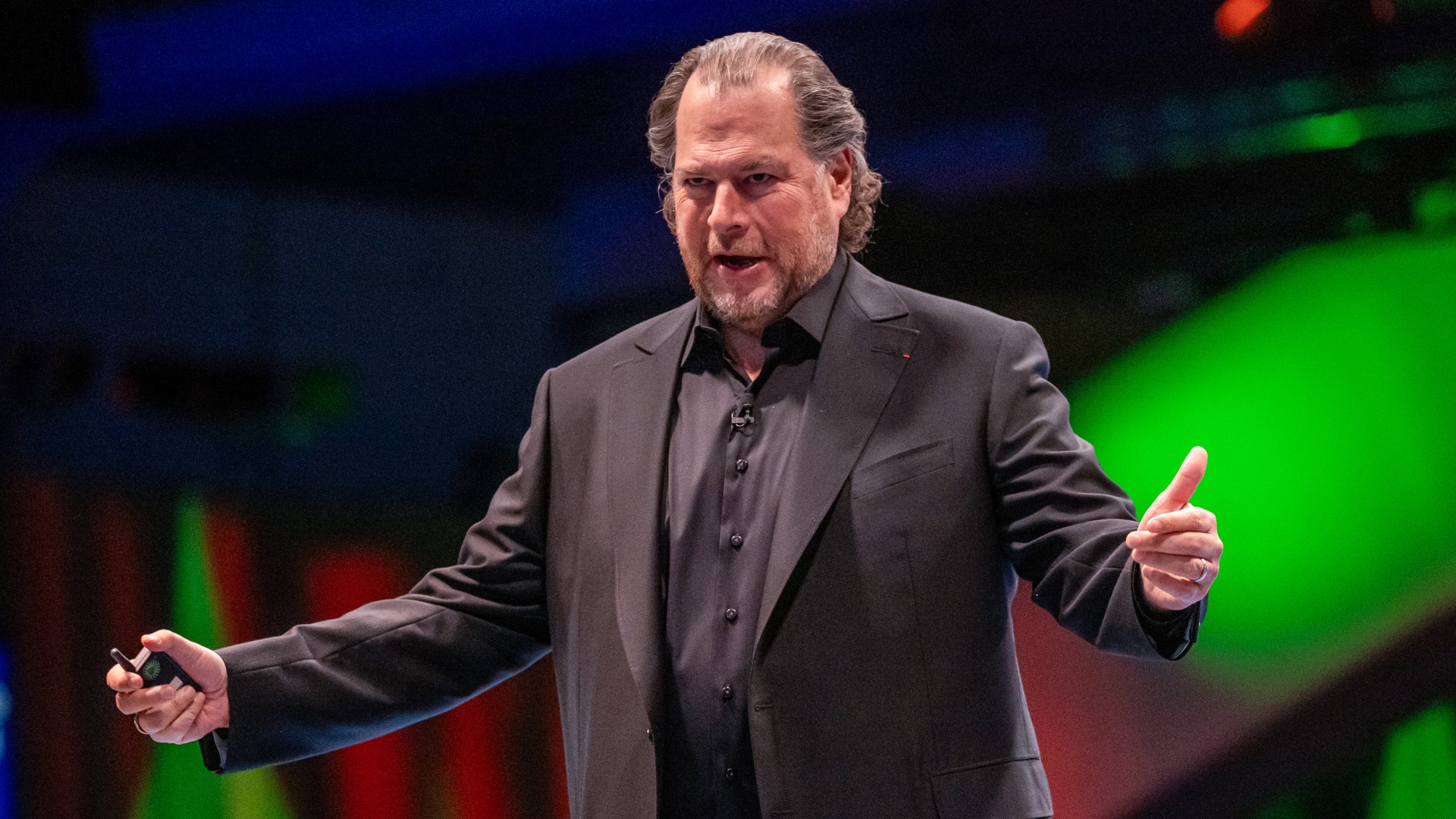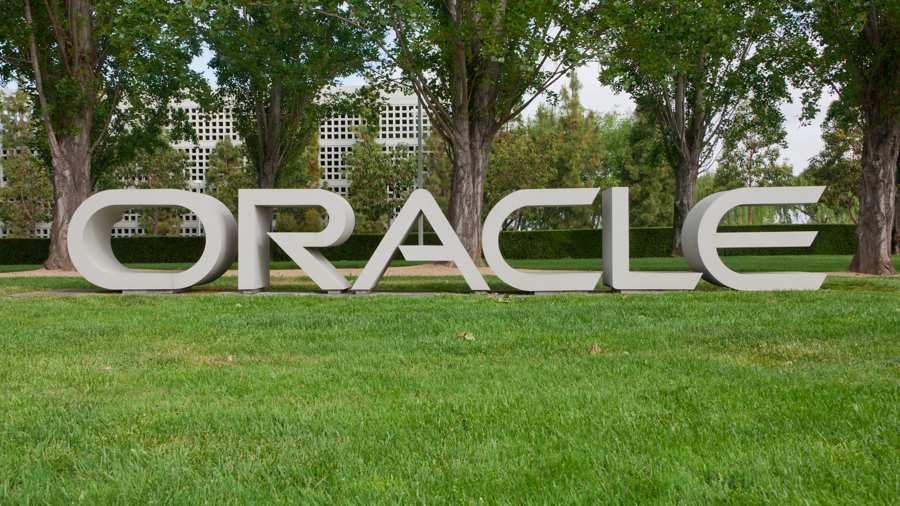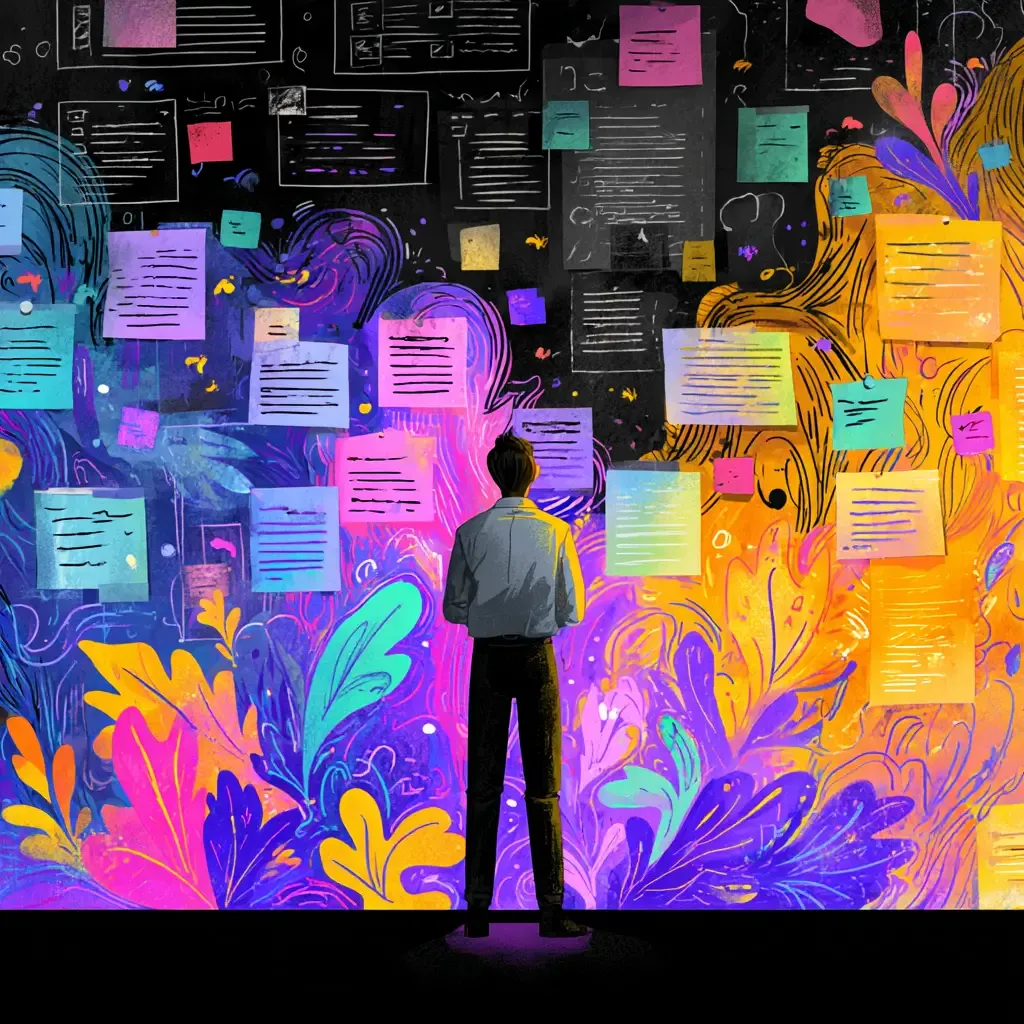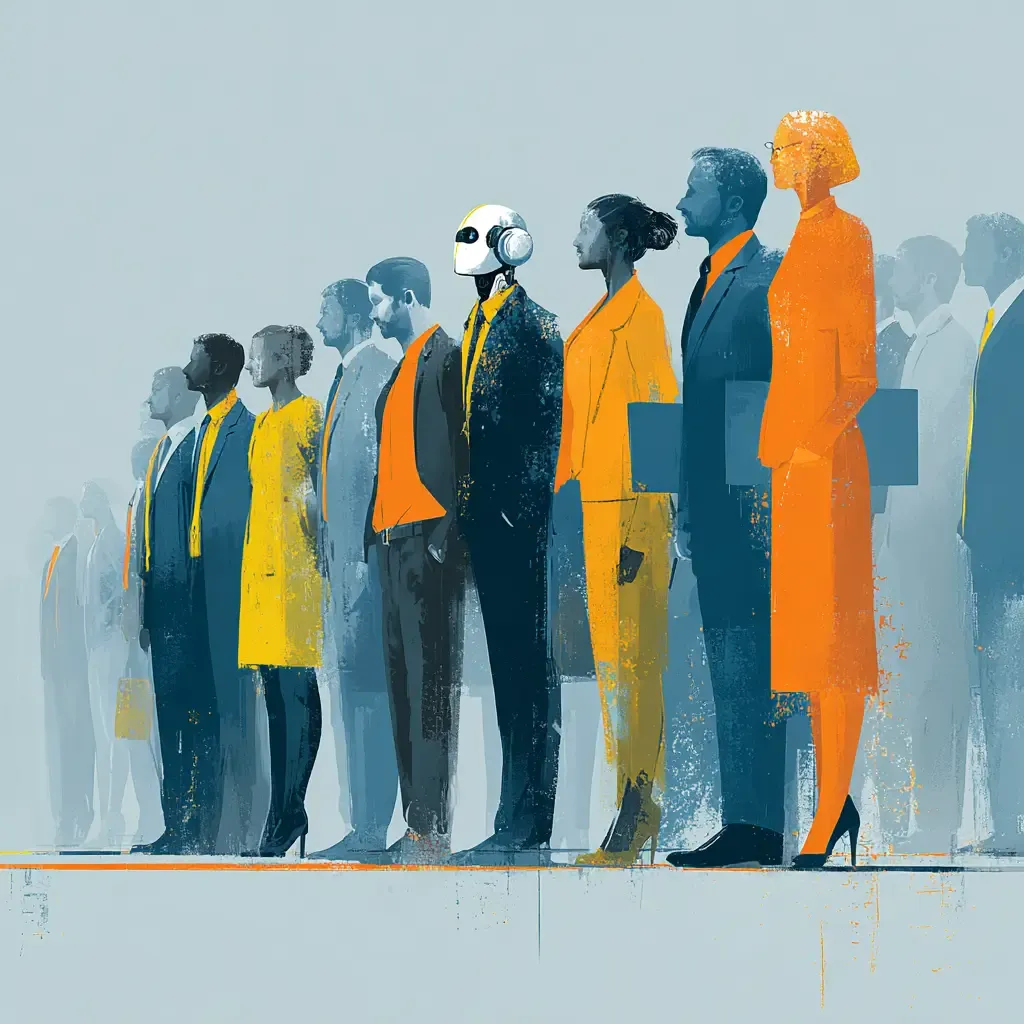AI Layoffs and Invisible Restructuring
TL;DR: Tech giants are cutting tens of thousands of jobs, not just to save costs but to permanently restructure around AI. Unlike past downturns, the disruption is largely invisible—roles vanish quietly as automation takes over. For change leaders, the challenge is helping organizations confront this trust gap and guiding people through an era where payroll is being swapped for platforms.
1. A New Kind of Layoff
The tech industry has always been cyclical. Periods of explosive growth are followed by “efficiency” drives, cost-cutting, and painful layoffs. But the current wave feels different. What makes 2025 unique is that the catalyst isn’t just macroeconomic headwinds or over-hiring during the pandemic—it’s the deliberate substitution of human workers with AI.
Amazon, Microsoft, Meta, Oracle, Salesforce, and others are no longer framing layoffs as temporary retrenchments. Instead, they are positioning them as permanent shifts in how the business operates. The narrative is subtle but consistent: AI is not just a productivity enhancer; it is a workforce replacement strategy.
2. The Quiet Disruption
Unlike the dramatic dot-com busts or the visible austerity of the Great Recession, today’s restructuring is happening quietly, department by department. Roles are disappearing, but the functions remain—transferred into AI systems, agent platforms, and automated workflows.
Salesforce offers a clear case study. Thousands of customer support jobs have been eliminated, replaced by its Agentforce AI, which now handles roughly half of all support interactions. These weren’t marginal roles; they were frontline employees with years of customer knowledge. What’s left is a skeleton crew of humans overseeing complex cases while automation absorbs the volume.
The scale is sobering. Across the industry, tens of thousands of positions have been cut this year alone. Many organizations describe the process as “reskilling” or “natural attrition,” but the reality is a structural reduction in headcount, offset by billions invested in AI infrastructure.
3. The Oracle Pattern
Oracle’s recent layoffs illustrate a broader playbook. Public filings showed hundreds of positions eliminated in the U.S., but insiders suggest that global cuts number in the thousands. At the same time, Oracle has doubled down on massive AI investments, including joint ventures worth hundreds of billions.
This duality—shrinking payroll while expanding AI spend—demonstrates how organizations are reframing the balance sheet. Labor costs are being swapped for capital expenditures in automation. For employees, this signals that the competition isn’t another applicant down the hall; it’s a platform being spun up in a data center.
4. The Invisible Nature of Restructuring
One of the most striking features of this moment is how invisible the restructuring feels to outsiders. Traditional layoffs often carried symbolic weight: shuttered offices, industry headlines, and severance packages rippling through communities. In contrast, AI-driven cuts often happen behind the scenes. Teams are merged. Roles are quietly eliminated. Headcount targets are “met” without hiring replacements.
The change is most visible to those inside organizations, who watch as familiar workflows migrate into dashboards, scripts, or chatbots. Externally, shareholders see growth in productivity metrics without the visible disruption of traditional layoffs.
This invisibility makes the trend harder to challenge. When layoffs are diffuse and framed as efficiency gains, it becomes difficult to rally resistance—or even to name what’s happening.
5. The Broader Shift
For workers, the implications are profound. Estimates suggest that nearly half of companies worldwide expect to reduce headcount in the coming years specifically because of AI adoption. Already, more than 10,000 layoffs in a single month have been directly attributed to generative AI tools displacing human labor.
Meanwhile, the ecosystem of AI itself is exploding. Thousands of new platforms and tools are released each month, each promising to automate or optimize a new slice of work. The dual narrative is clear: AI is both an enabler of new opportunities and the silent executioner of traditional roles.
6. What This Means for Change Practitioners
For change leaders, the lesson is twofold. First, invisible restructuring is still restructuring. The fact that it happens incrementally doesn’t reduce its impact on culture, morale, or trust. Leaders must address the reality that employees don’t just fear AI—they see it replacing colleagues in real time.
Second, practitioners have a role to play in reframing the story. AI can indeed free capacity, reduce repetitive work, and create new forms of value. But unless leaders acknowledge the tradeoffs openly, they risk eroding loyalty and credibility. Invisible layoffs don’t stay invisible for long inside organizations.
Change professionals can help surface these conversations, prepare leaders to navigate the trust gap, and design transition strategies that balance efficiency with humanity.
Final Thought
AI is not arriving—it has already arrived. The layoffs sweeping the industry are not temporary corrections but signals of a deeper restructuring of work. The paradox is that while these changes may appear invisible to outsiders, their effects are all too real for those inside.
For change practitioners, the question is not whether AI will reshape organizations, but how to help people navigate the invisible restructuring in a way that preserves trust, dignity, and resilience.
ChangeGuild: Power to the Practitioner™
Frequently Asked Questions
Why are so many tech companies laying off employees right now?
Layoffs in 2025 are not just about economic cycles or cost-cutting. Companies like Amazon, Microsoft, Meta, Oracle, and Salesforce are actively restructuring around AI, replacing human roles with automation and digital agents.
What makes these layoffs different from past waves in tech?
Unlike the dot-com crash or post-pandemic cuts, these reductions are often invisible. Jobs vanish gradually as AI systems absorb tasks, creating the perception of efficiency without highly publicized closures.
Which companies are leading the trend?
Salesforce, Oracle, and Microsoft are among the most visible examples. Salesforce, for instance, eliminated thousands of customer support roles as its Agentforce AI now handles half of all support interactions.
Is this shift permanent?
Yes. Unlike temporary corrections, the adoption of AI reflects a long-term strategy. Payroll costs are being redirected into massive AI infrastructure investments, making it unlikely these jobs will return in their previous form.
How should change practitioners respond?
Change leaders need to name what’s happening, help leaders navigate employee fears, and design strategies that balance efficiency with humanity. The invisible restructuring may be harder to spot, but its effects on culture, trust, and morale are very real.
What opportunities exist for workers in this new landscape?
While some roles are disappearing, AI also creates opportunities for new skills, oversight functions, and emerging job categories. Workers who can adapt and align their expertise with AI-enabled workflows will be better positioned for resilience.
Read More About It


Coaching for the Era of Invisible Restructuring
AI isn’t just reshaping jobs—it’s reshaping trust, culture, and how leaders communicate about change. That’s where ChangeGuild coaching comes in.
We work with practitioners who find themselves in the middle of these seismic shifts. If you’re navigating the turbulence of AI-driven restructuring, coaching gives you the space, tools, and strategies to lead with confidence.
This post is free, and if it supported your work, feel free to support mine. Every bit helps keep the ideas flowing—and the practitioners powered. [Support the Work]








